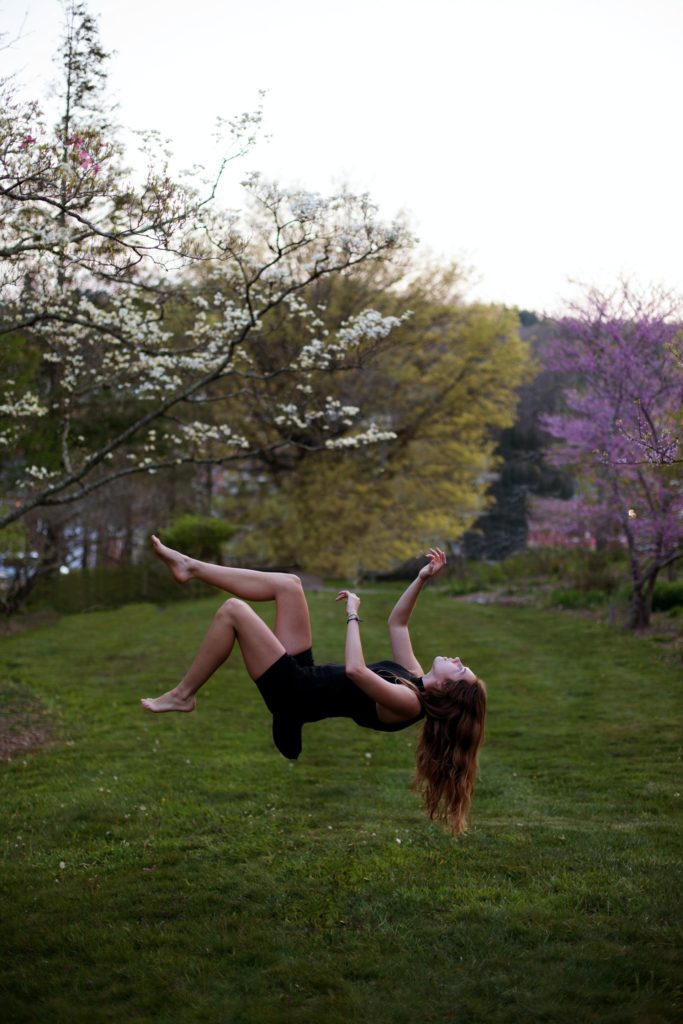Everyday we walk amid an incredible flowering of ideas.
Experts, writers, and friends have informed, supported, and directed me on the path of writing The Compromise. Showing gratitude changes us, keeps us productive and hopeful and gradually builds our networks, whether or not the objects of our gratitude are conscious of our acknowledgement. I thank them here: scholars of history and literature, literary influences and writing mentors, wonderful peers, and the infrastructure that writers need to accomplish their daily work: libraries, encyclopedias, archives, photographs, diagrams, videos and recordings, and many more.
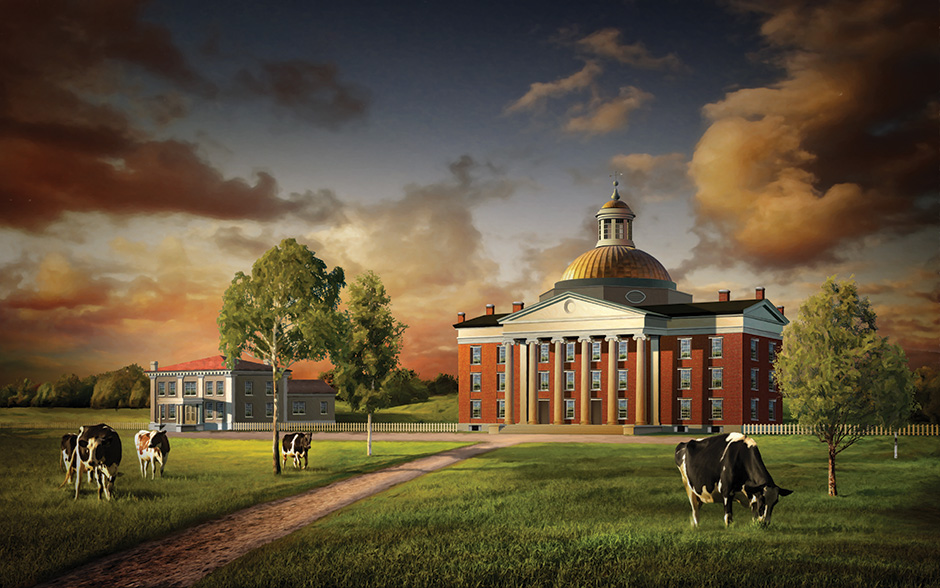
Scholars of History and Area Studies
Scholars of history and ideas are generous and brave when they share their work as public intellectuals. It has been a privilege to reach out to these wonderful scholars of history who live and work in my own town, Berkeley, California, as well as those in Columbia, Missouri and other places in the US.
I am grateful to UC Berkeley Law professor, Christopher Tomlins for his encouragement. I learned of his new book, In the Matter of Nat Turner: A Speculative History by reading his fascinating article in Literature Hub, “William Styron’s Misguided Meditation on History” . The article dives into a major controversy in writing historical fiction. In his article Tomlins defends the novelists’ right to speculate in fiction but also warns us to tread carefully and study history.
“Every image of the past that is not recognized by the present as one of its own concerns threatens to disappear irretrievably.” That’s why history matters. And that is something William Styron got right.
Furthermore, Professor Tomlins confirms my supposition that Second Great Awakening religious practices near rivers could have caused outbreaks of cholera. Sad, but possible. I am endebted to UC Berkeley Professor Stephanie Jones-Rogers, author of They Were her Property: White Women as Slave Owners in the American South. Her research gave a curious new direction to my characterization. She also encouraged me to seek out UM Professor Diane Mutti Burke whose book is mentioned below.
UC Berkeley Professor Catlin Rosenthal’s book, Accounting for Slavery: Masters of Management, broadens my understanding of business practices on plantations, forms of power and the strange legacy of slavery. She writes, “But on plantations, the soft power of quantification supplimented the driving force of the whip” (p.2).
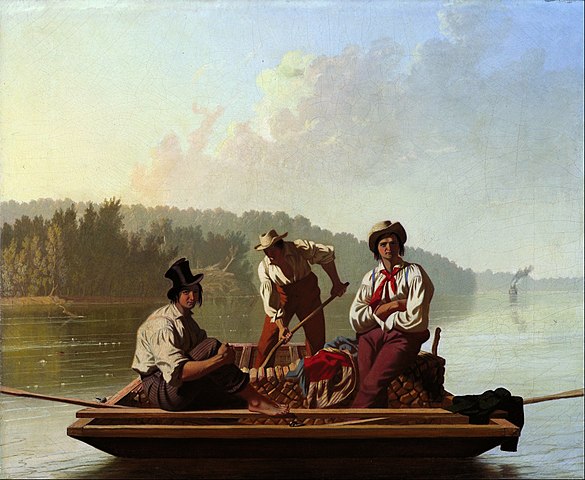
University of Missouri Professor Diane Mutti Burke authored On Slavery’s Border: Missouri’s Small-Slaveholding Households, 1815-1865. Her research confirms and informs my story fundamentally. Her research shows how Missouri slaveholders tended to run very small operations in which sons and daughters and enslaved people, including sons like Otis, worked side by side. Missouri’s economic and political situation along with its geographic location set up the story of half-siblings working together in The Compromise. Relationships are where freedom as well as power are negotiated, and these provide the layering of my novel.
Mark Twain’s Huck and Jim, who floated together down the Mississippi River in search of freedom, the unlikely friendship that was forged between the poor white boy and the runaway slave man had its roots in a border slave state culture. In contrast to Stowe, Twain knew personally of what he wrote because he had spent his childhood in the river town of Hannibal, Missouri, in a world immersed in slavery. –Burke, On Slavery’s Border p. 3
I also thank UM Professor Mark Carroll. He has shared his recent research on the history of Saint Louis, and I look forward to Unfreedom’s Progress: Market Revolution and the Legalities of Slavery and Racial Exclusion in Americanizing St. Louis, 1804-1860. Even small acts of respect and kindness to a writer can mean a lot.
Two books have become a gold mine for my story of abolitionists: The Black Hearts of Men: Radical Abolitionists and the transformation of Race (2001) by John Stauffer and The Abolitionists Imagination (2012) edited by Andrew Delbanco. This book is rich with multiple perspectives, which I can translate with much gratitude into fiction.
Delbanco also reveals my distant and unconscious influences from American authors like Hawthorne and Melville, and this allows me to question my assumptions, of course, and sometimes my originality. Who would know that when I was nineteen, I would read literature with such generative power, influencing many decades of adult life? Delbanco shows me that I have embodied a “liberal aesthetic” which emerges in my story of compromise and my imagery of romantic paradox. My calls for compassion and civility in our current culture have roots here.
Literary Influences
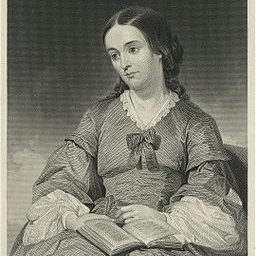
My blog posts are sprinkled with references to many other writers, and of course my sensibilities and expectations are shaped by my formal studies, particularly an MA in Literature from UC Irvine. I thank my professors and those authors who share my path as an active participant-observer in the study of nature. Here I will refer to several whose contributions span my life.
First, there are many poets engaged in Romanticism’s emotions and paradoxes that natural phenomena help us see and feel, such as Wordsworth, Keats, and Shelley. These poets were early influences and also part of my formal studies of English Literature. American transcendentalists also taught me to welcome elegiac metaphors which reveal a spiritual profundity in nature, notably Fuller, Emerson, and Thoreau. Novelists of the 18-19th century are profound influencers: Austen, Dickens, James, Hawthorne, and Melville. Some of these poets and authors have found their way into the novel itself if I believed that a school library in the 1840s would contain these works: the Romantics, Austin, Fuller, Emerson, Thoreau, Whitman, and a few others. Professors of Literature at Pitzer College and UC Irvine brought many of these influences to me, especially Professor Brown, UCI, who towards the end of his career taught a remarkable class in the novel.
I will never underestimate the influence on my writing of writers of the 20th and 21st centuries. First among them is Annie Dillard, especially The Living: A Novel and her Pulitzer Prize (1975) winning nonfiction The Pilgrim at Tinker Creek. She helped me see the “darkness and the horror of the natural world.” Now I appreciate more and more the thoughtful interactions found in the writing of Mary Oliver’s Upstream, and Robin Wall Kimmerer’s Braiding Sweetgrass. Kimmerer, a Native American, helped me put together the connections between the immigrant and the indigenous, especially in the experiences of women. I’m also deeply impressed by Richard Power’s Overstory, Pulitzer Prize winner in 2019. There are too many literary influences to name.
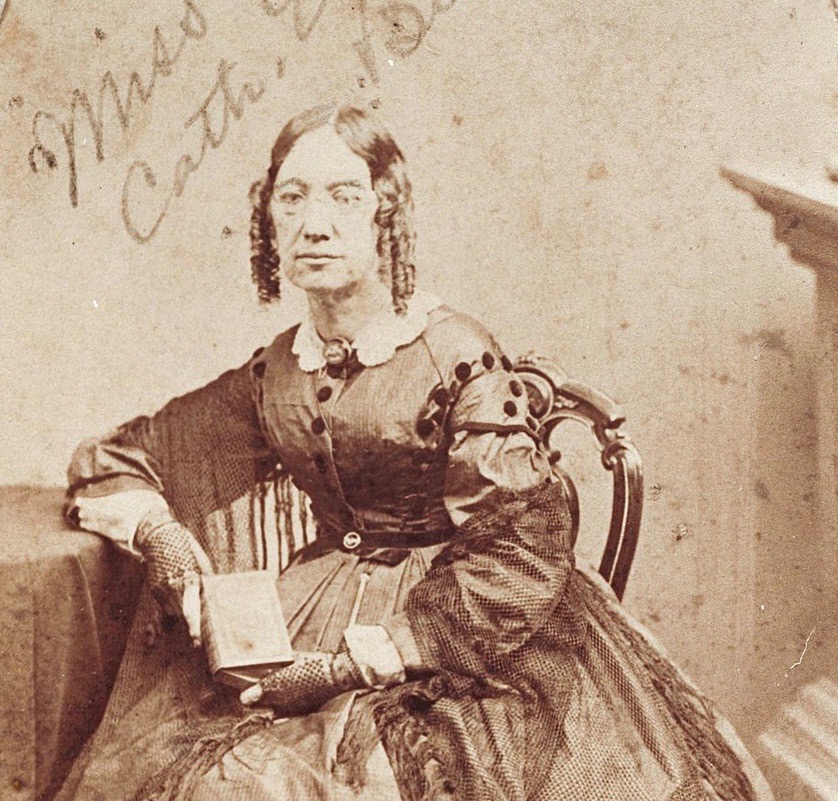
More History of Ideas
A recent discovery is another Pulitzer Prize winner, A Midwife’s Tale: The Life of Martha Ballard Based on Her Diary 1785-1812. This work of American History and Women’s Studies by Laurel Thatcher Ulrich gives us insight into rural American society through the daily experience of a midwife who lived only one generation before my fictional story begins. It was made into a documentary for American Experience. This scholarship clarifies the historical context of one of the most important themes in the Compromise. This diary helps me see how women endure and participate in their own invisibility, a long history in the making. My writing about the domestic work of women has been personally revealing and liberating.
“Women’s invisibility in town records reflected the patriarchal organization of society has well as the perishable and invisible nature of their work…. Day by day women negotiated the fragile threads of ordinary need that bound families together…. If women had a collective consciousness, it was surely developed in such work.”
Laurel Thatcher Ulrich, A Midwife’s Tale, page 100
American Studies scholar, Brigette Georgi-Findlay reminds me of the evolving complexity of any story of this land. The Frontiers of Women’s Writing by Georgi-Findlay is a great find. She helps me grapple with the imaginative history of the American frontier and to see my own text within the imagined space and myself among identities of Euro-Americans. Scholars like Georgi-Findlay compel me to ask how my story also masks the consequences of westward expansion.
Masking the truth so that others may begin to see it, has always been one role of the arts.
Concerning the history of ideas, I have learned from a book by Ibram X. Kendi titled Stamped From The Beginning: The Difinitive History of Racist Ideas in America, a National Book Award winner published in 2016. Kendi offered me the idea of groups of “people of equal imperfection.” This is a useful stance for a teacher who must listen for more than one version of everything, liberally unstamping whenever possible. “For Jefferson,” writes Kendi, “power came before freedom. Indeed, power creates freedom, not the other way around– as the powerless are taught” (p. 105). Kendi challenges me to let my characters see their own time with a more critical eye.
“Racist ideas, clearly, did not generate slave codes. Enslaving interests generated these slave codes. Racist ideas were produced to preserve the enslaving interests.” – Kendi, Stamped from the Beginning, p. 174
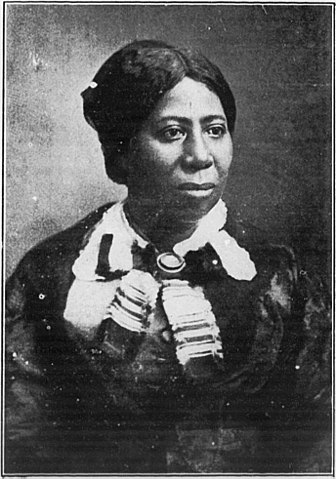
Biographies of Frederick Douglass
Tomothy and Christina Sandefur’s Frederick Douglass: Self-Made Man (2018) has been very useful. Now I may study and enjoy the acclaimed biography by David W. Blight, Frederick Douglass: Prophet of Freedom (2018). His fine grain description of Douglass informs me of this precursor to liberation theology. Douglass wrote, “My back is scarred by the lash- that I could show you– I would I could make visible the wounds of this system upon my soul” (1842). Douglass’s sword was of truth against hypocrisy, the rhetorical sort I am generally quick to wield. Respecting Blight’s advice, I am also willing to let my Otis character take a different path from the towering influence of Frederick Douglass, one of my initial ideas for the novel.
Advisors, Readers, and Fellow Writers
Bridging fiction and criticism is the work of Toni Morrison, one of the most celebrated writers in the world, receiving the Nobel Prize in literature in 1993. Her advice on writing as well as her models have been greatly influential. I am also grateful to Alice LaPlante for her guide to writing fiction, Method and Madness. When she describes approaches to writing, she strengthens my literary aspirations.

Sincere thanks go to Eric Jordan Garrett for his youthful insight and voice talent. His sensitivity readings of “The Boyhood of Otis Roche” have been invaluable. I must recognize the professional knowledge and kind mentoring skills of audio engineer, James Boblak, owner and producer at Artspoke Studios here in Berkeley. With his patient support, I am gradually recording The Compromise. It was written for the ear. This precious task they share with several others who help me believe in my novel’s potential. For their truely hands-on input, I am grateful to my fellow writers at the Berkeley Writers Circle and the California Writers Club.
Novelist Francine Thomas Howard has encouraged me to keep developing characters of mixed race and to exceed the limitations of my knowledge. My gratitude includes Taj Johns, Professor T.A Johns, who educates me about internalized racism when she speaks or writes on this topic and for her kind reading of my chapters. Elwin Cotman read the novel to give macro-level feedback. Elwin is a novelist whose knowledge and skill as a published author and educator are much appreciated. Deep and uneasy revisions followed his insights.
This includes all the members of the Berkeley Writers Circle. Leaders of the group have worked year after year to hold us together: Madelin Wolf and Alon Shalev. Sheila Kogan whose writing talent combines with reading experience to give me immensely valuable micro-level feedback. She has advised me on my representations of religion to be more sensitive to contemporary readers. Friend and writer Sandy Bliss has given detailed editorial feedback on the entire novel. She believes in me, brainstorms with me, and sends resources to help me dig deeper and wider into the soil of this novel. She and Taj Johns have also served as a sensitivity readers and mentors on the deep work of finding connections. Friendships like theirs are invaluable. The late George Luna, a former jockey, advised me on the behavior of horses and mules as well as writing fiction. John Rose Putnam, in addition to his regular readings of excerpts in our writers’ group, advised me on creating a chase scene. He hails from the South and is an experienced writer of Westerns often set in the same period as my historical fiction. Their knowledge and kindness have meant a great deal.
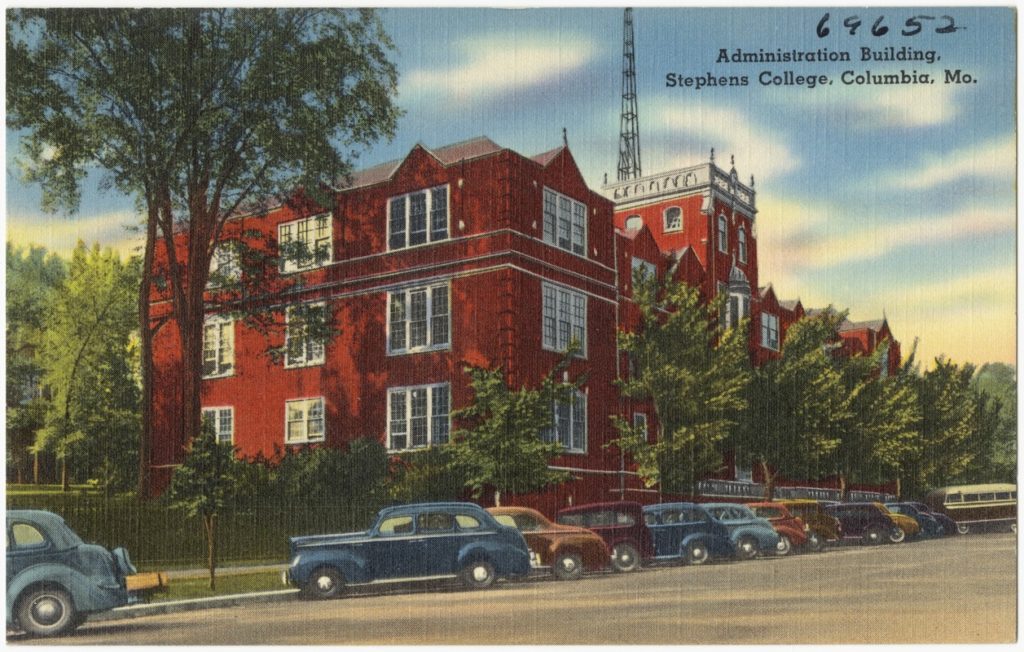
Special thanks go to California Writers Club board member, Linda Brown who invited me to speak with her friends still living in Missouri and to borrow rare history books from her library. One of her friends, Ellen Dolan has inspired me with images and first-hand accounts. Another friend, Larry McCollum taught me that the most precious resource then and now is bottomland, the rich farmland subject to the Missouri River’s floodwaters. I am inspired by his research on the history of slavery in his hometown. I have given the color of Missouri bottomland to the eyes of my protagonist, Mariah. I also thank Linda’s friend Rex Burress who wrote about the Missouri River with such tenderness.
Creative Infrastructure
Finally, I am grateful to the librarians and other workers at the Berkeley Public Library for their thoughtful instruction and advice. Their services include Link+, which brings books from university library systems. Countless internet resources have informed me, from Wikipedia to archives of letters and periodicals like The Liberator. There are dozens of people who created these resources and who have shared their photographs on UnSplash. These are artists who help me see.
